Group Media & Photos
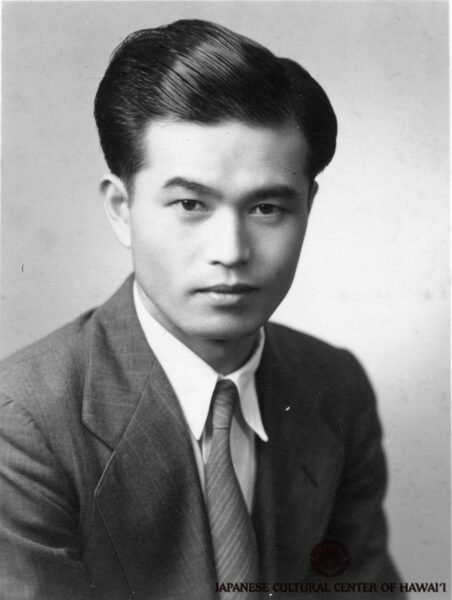
Hiroshi Honda. JCCH/Ed Honda Collection.

Hiroshi Honda, "Mountain, Wisconsin 1942," watercolor. JCCH/Dan Toru Nishikawa Family Collection.
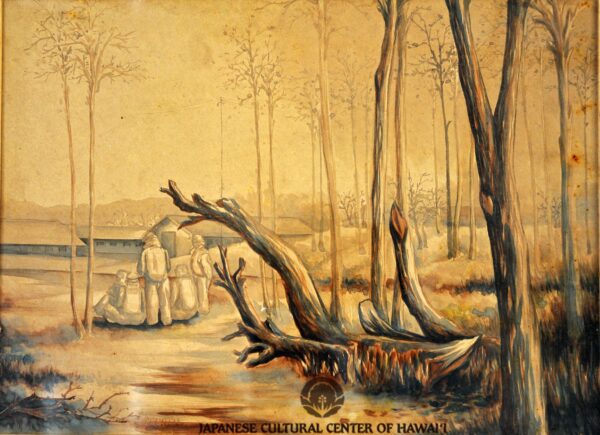
Hiroshi Honda, ca. 1942, watercolor. JCCH/Dan Toru Nishikawa Family Collection.
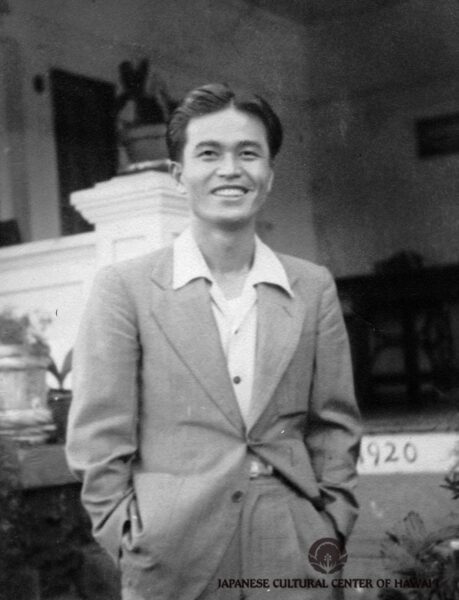
Hiroshi Honda, ca. late 1940s. JCCH/Ed Honda Collection.
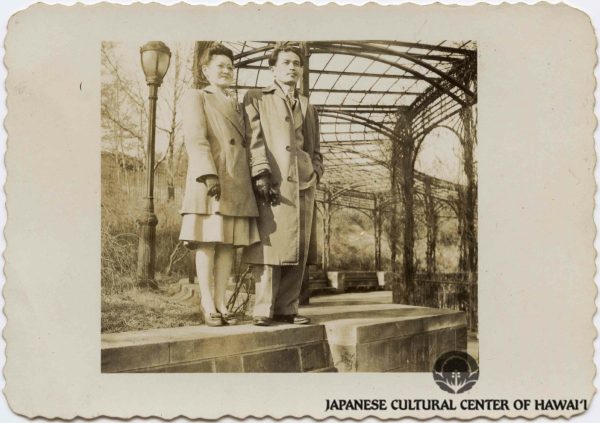
Hiroshi and Sadako Honda, late 1940s. JCCH/ Ed Honda Collection.
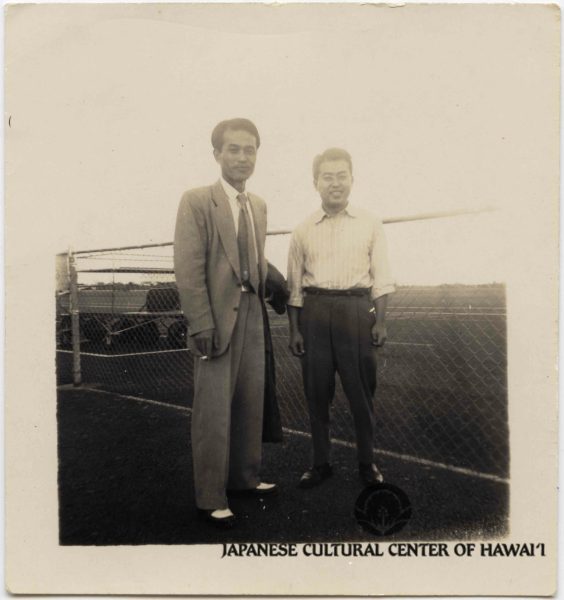
Hiroshi Honda (left) and younger brother, Robert, ca. 1950. JCCH/ Ed Honda Collection.
Internment Locations
Arrested: December 1941
Sand Island Internment Camp, Honolulu, Oahu Island
A group of 172 Hawaii men (mostly Issei) were sent aboard the military transport ship USS U.S. Grant for internment in U.S. Army and Department of Justice camps on the Mainland. Together, the men were sent from camp to camp.
In June 1943, this transfer group was split into two, with this group sent directly from Camp Livingston to the Santa Fe Camp.
From there, some internees were paroled to War Relocation Authority camps, where they were reunited with family members. Others were transferred for repatriation to Japan.
Angel Island Detention Facility, California
March 1942
Camp McCoy Internment Camp, Wisconsin
March 1942 - May 1942
Camp Forrest Internment Camp, Tennessee
May 1942 - June 1942
Camp Livingston Internment Camp, Louisiana
June 1942 - August 1942
Sent Back to Hawaii: August 1942
This internee was part of a group of about nineteen internees (all Nisei, likely mistaken for Issei) who were returned to Hawaii in August 1942. Some spent the rest of their incarceration in Hawaii, while others were sent once again to the Mainland but this time to War Relocation Authority camps.
Sand Island Internment Camp, Honolulu, Oahu Island
Honouliuli Internment Camp, Oahu Island
Transferred to Mainland: July 1943
Jerome Concentration Camp, Arkansas
July 1943 - September 1943
Tule Lake Segregation Center, California
September 1943 - November 1945
Two of Hiroshi Honda's children, daughter Aileen Akiko and son Edward Kuniyoshi, were born in Tule Lake.
Hiroshi's younger brother, Robert Shigeki Honda, served in the U.S. Army during the war as a member of the 442nd Regimental Combat Team. After the war, Hiroshi Honda and his wife divorced, and Bertha later married Robert Shigeki Honda.
